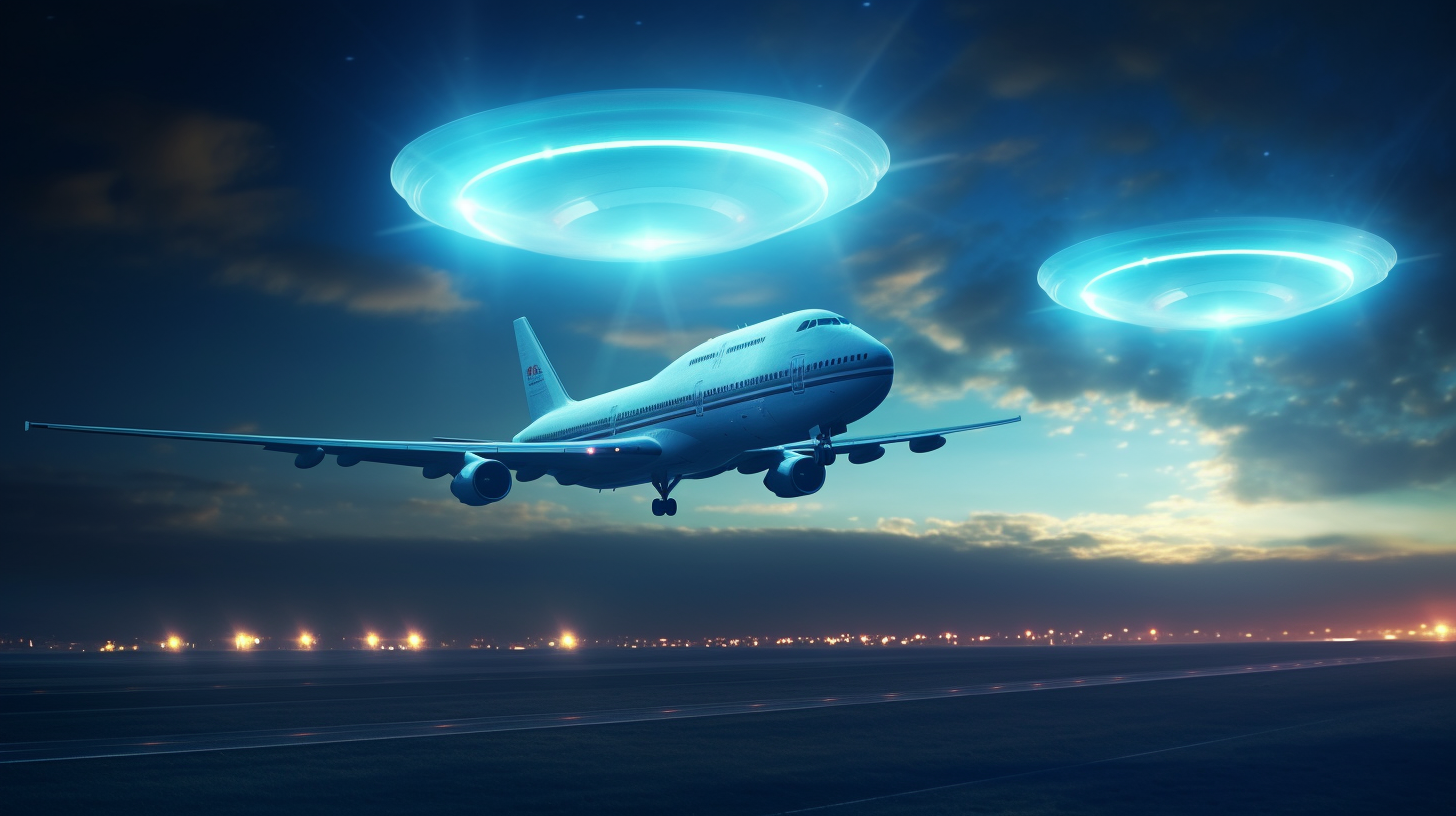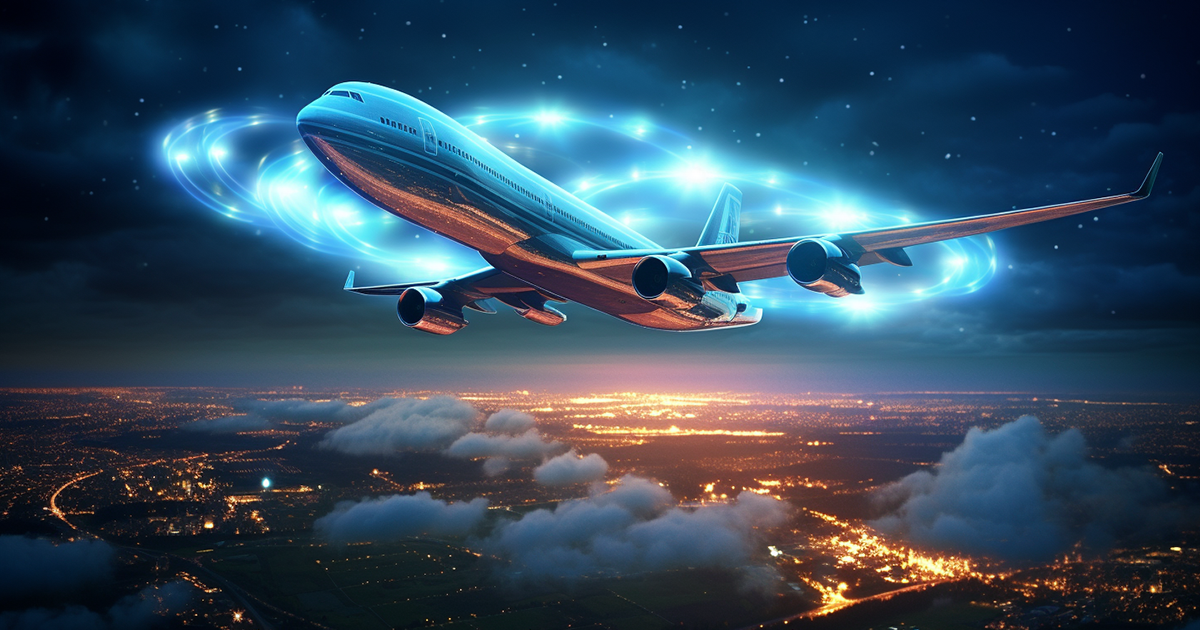During a routine flight from Paris to Tokyo on November 17, 1986, a remarkable event unfolded, etching itself into aviation history. Captain Kenju Terauchi, a skilled pilot with a background as a fighter pilot and over 10,000 flight hours, was commanding Japan Airlines Flight 1628 when a puzzling incident occurred as the aircraft approached Anchorage.
Darkness shrouded the skies as Captain Terauchi noticed two unusual lights through his cockpit window. These lights were no ordinary ones; they performed unconventional maneuvers, gracefully dancing in unison, with one hovering above the other before aligning directly in front of the plane. Traveling at approximately 500 mph in a Boeing 747, Terauchi observed oval-shaped objects emanating a dazzling light, dangerously getting closer to the aircraft and flooding the cockpit with brilliance.

Instead of ignoring the situation, Captain Terauchi promptly contacted the Anchorage Air Traffic Control Center to inquire about these enigmatic entities. In a scene reminiscent of a sci-fi movie, the two unidentified flying objects (UFOs) suddenly disappeared, making room for a colossal object of immense proportions. Terauchi likened it to a “giant spaceship,” possibly as huge as two aircraft carriers combined, persistently tailing the 747.
The situation escalated quickly when the North American Aerospace Defense Command (NORAD) at Elmendorf Air Force Base in Anchorage confirmed a massive unidentified object on their radar. Despite Air Traffic Control’s recommendation for Terauchi to perform evasive actions by descending to 4,000 ft above sea level, the object continued its pursuit. Another commercial flight was rerouted to the area to verify the sighting, but upon arrival, the UFO had vanished without a trace.
This incident is backed by a solid body of evidence, including testimonies from the flight crew, radar data, and recorded communications, all converging to create a clear picture of the encounter. Upon landing, the crew underwent immediate debriefing by Federal Aviation Administration (FAA) officials and other relevant bodies. Despite extensive investigations and thorough documentation, the incident remains enigmatic, lacking a definitive explanation.
Expressing his frustration at the absence of answers, Captain Terauchi publicly stated in December 1986 his belief that the crafts originated from extraterrestrial sources, resulting in Japan Airlines reassigning him to a desk position. The case drew the attention of John Callahan, the FAA’s Division Chief of Accidents and Investigations, culminating in a high-profile meeting in Washington, D.C., with representatives from the FBI, CIA, and President Reagan’s White House. Surprisingly, at the meeting’s conclusion, an alleged CIA agent denied its existence, ordering the confiscation of all presented data.
While this incident does not serve as conclusive evidence of extraterrestrial life, it undeniably sparks intrigue about what may be traversing our skies. The detailed account from an experienced pilot, supported by radar discoveries and involving governmental bodies, prompts reflection on the uncharted territories beyond our current understanding.
